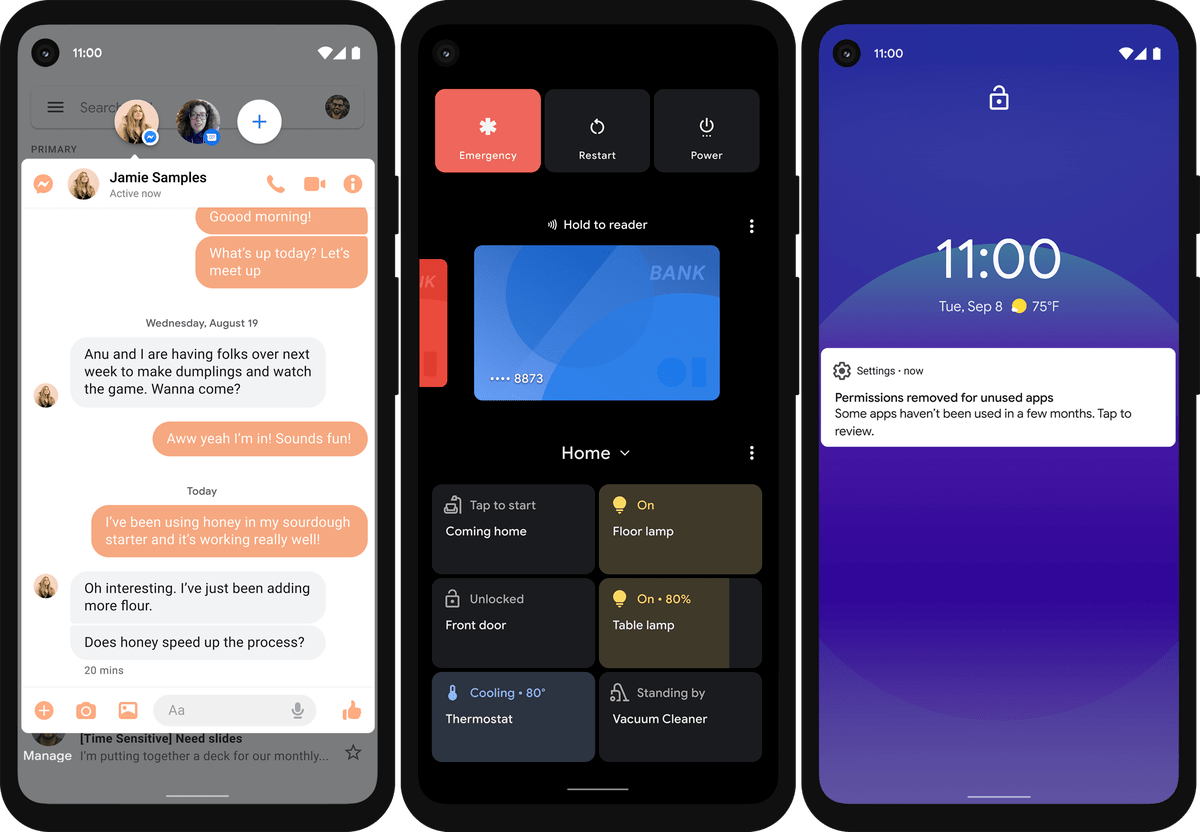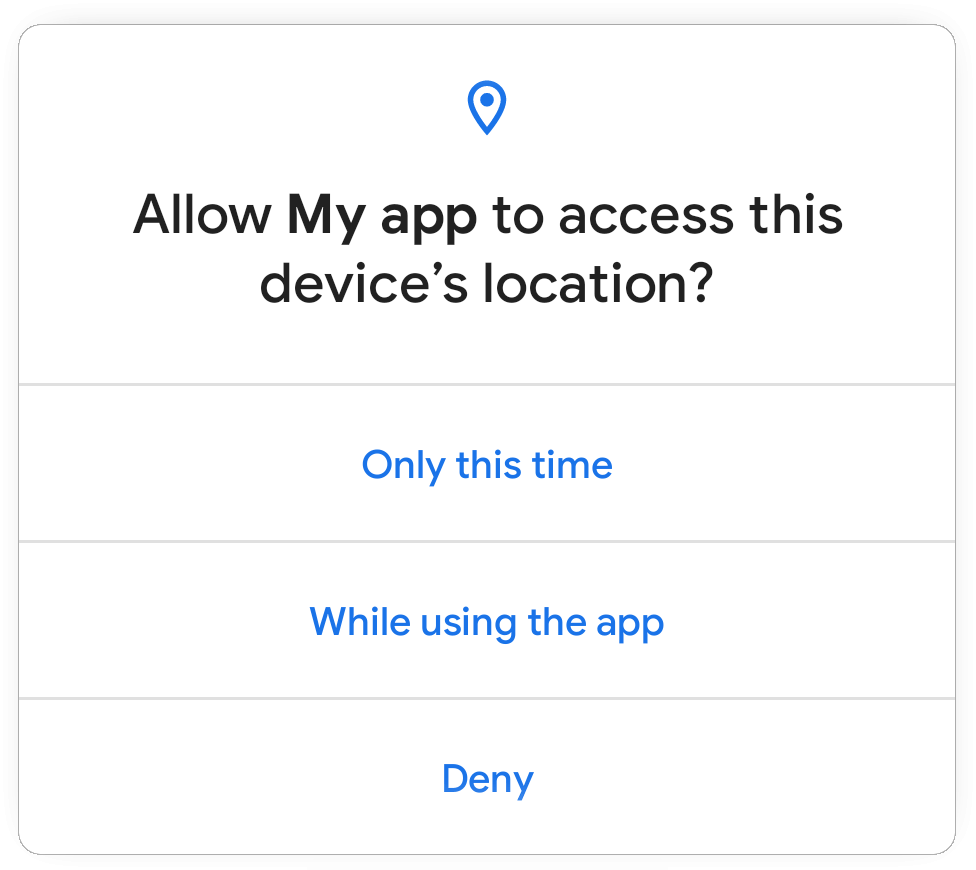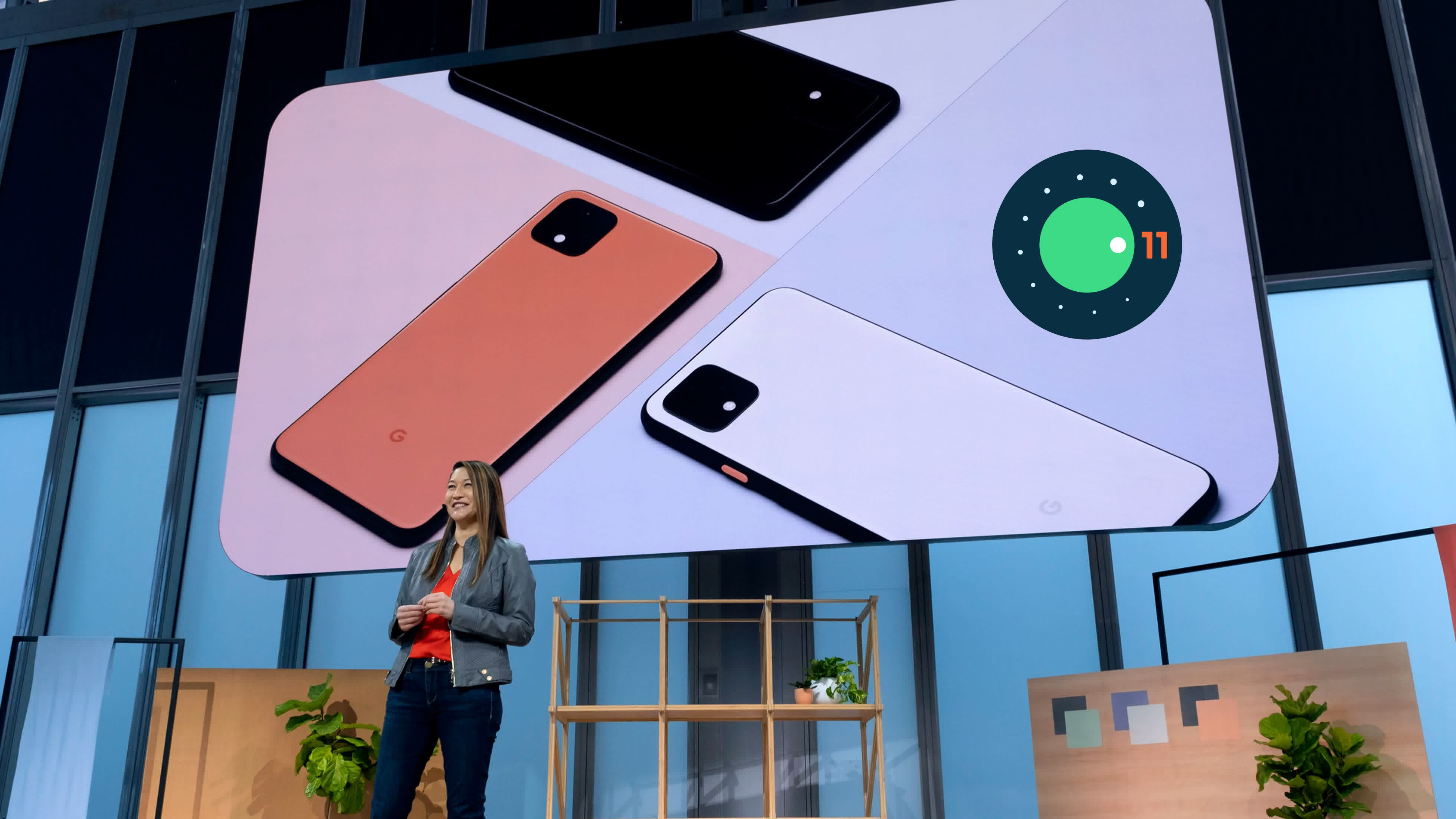The big picture: Android 11 isn't packed with new features, and that's a good thing – Google just made the existing ones more prominent and easier to use. Android phone makers are finally making a true effort with timely updates for select devices, but that won't solve the fragmentation problem anytime soon, and Android still needs optimizations to work better on tablets.
Google has started rolling out Android 11 to the general public after several months of beta testing. The latest update to the operating system will become available first on Pixel devices ranging from the Pixel 2 to the new Pixel 4A, which is the new budget camera quality leader with a starting price of $350.
The latest build of Android 11 is also landing as a beta on more devices such as Xiaomi's Mi 10 and Mi 10 Pro smartphones, the OnePlus 8 and 8 Pro, the Realme X50 Pro, and Oppo's Reno 3, Find X2, and Find X2 Pro phones. Google says we can expect more manufacturers to make Android 11 available in the coming months.
Features
With Android 11, Google mainly sought to make the complex feature set already present on Android more prominent and easier to use. For instance, the small bubble avatars that float on the screen allow you to navigate in and out of chats more easily and there's a dedicated section for messaging apps at the very top of the notification shade.
For priority conversations, people of your choosing can now break through your Do Not Disturb settings.

You also get quick access to all your smart home devices connected to Google Assistant with the same power menu that used to bring up credit and reward cards. That means you can long press the power button instead of opening several different apps to control your thermostat, lights, or smart locks.
The notification shade has gained universal media controls in the notification toggle section, which solves one of Android's biggest annoyances. The lock screen media player has few cosmetic changes, the most noticeable is the removal of the album art when music is playing. The sound control pop-up is more compact and you can now set where the sound output goes.
Another annoyance on Android has been the 4 GB file limit for video recordings, now removed, so you can shoot videos until your phone catches fire runs out of storage space or battery power.
If you happen to own one of over 500 compatible cars, Android Auto now works wirelessly with any smartphone running Android 11. If you have an older car, there's always Sony's massive 9-inch touch display, even if it's a pricey bit of kit.

A built-in screen recorder has been added for those of you who have been waiting for a native solution, and the Recents panel allows you to select text or take a screenshot using dedicated buttons.
Security and System Updates
Android 11 isn't just about UI changes, though. Google is following in Apple's footsteps by locking down permissions so that they're much more difficult to abuse for data harvesting purposes. Now applications will ask you every time they need permission to access to your microphone, camera, or location – with the choice of whether to grant that permission once or every time the app is in use.
Granting an app to continuous access now requires you to go into the phone settings to set that behavior, as Google wants you to be absolutely sure about that decision. Furthermore, if you stop using an app for a long time, the app's permissions will be automatically reset and upon opening it you'll be asked again to decide on the level of access you are willing to give it moving forward.
If you're using a company-provided Android phone, Google designed Android 11 with some added protections that ensure a separation between work and personal data, making the latter off-limits for IT admins. Accessibility is also improved with Voice Access understanding screen content and context better, as well as generating labels and access points for voice commands.
Android 11 brings many other smaller changes, but these will be the most noticeable of them all. More importantly, Google is finally getting more Android manufacturers on board with the idea of timely updates.
